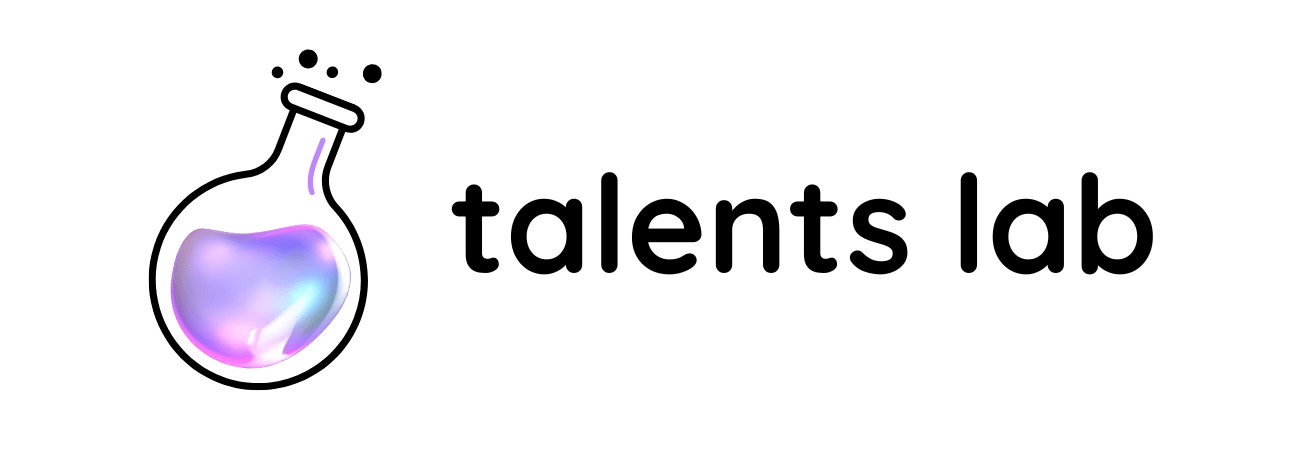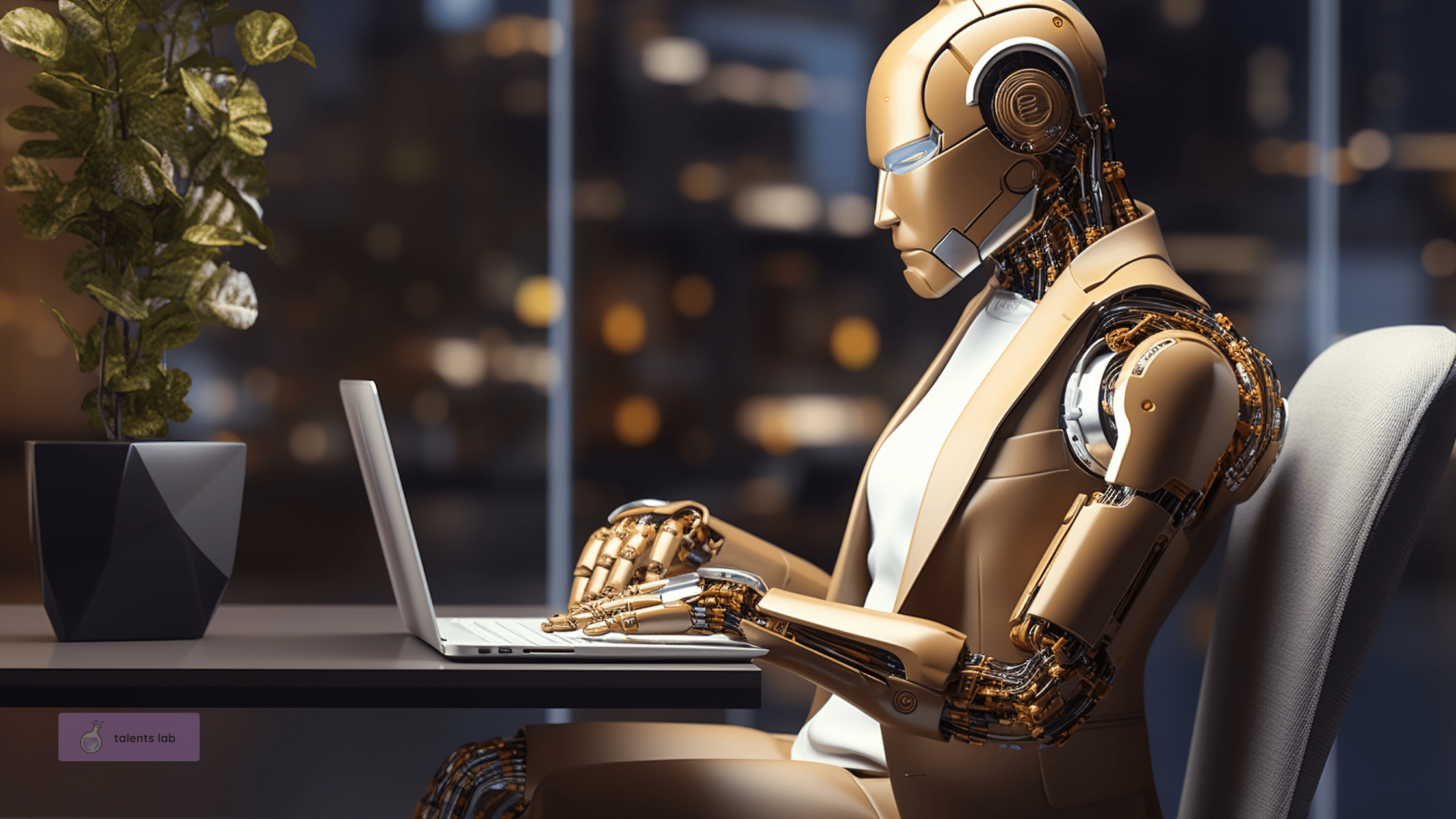Everyone’s talking about AI in recruitment right now. Some people swear it’s the best thing that ever happened to hiring. Others fear it’s turning the whole process into a cold, automated filter.
The truth is more balanced. AI isn’t replacing recruiters. It’s changing what good recruiting looks like. It’s forcing everyone involved to become more analytical, more transparent, and more human at the same time.
If used right, AI can take care of the repetitive work and give recruiters more time to focus on what really matters. And this is connecting with people.
What AI is already doing well
AI in recruitment isn’t a future idea anymore. It’s already reshaping daily workflows for HR teams and recruiters across industries.
The biggest win has been in screening and matching. AI tools can now scan hundreds of CVs in minutes, identify relevant skills, and match them to job descriptions far faster than any human could. This doesn’t just save time. It also helps avoid missing out on strong candidates whose experience might not be written in a traditional way.
Another area where AI shines is communication and admin. Tools can schedule interviews, send reminders, or even draft personalized follow-up messages. Recruiters who used to spend hours on repetitive tasks can now focus on relationship building.
AI is also improving job descriptions. Some systems analyze language and tone to highlight bias or unclear phrases. That helps companies attract a more diverse range of candidates, not just those who happen to read job ads the same way the hiring team does.
Used in these ways, AI is not a replacement. It’s an upgrade for productivity and fairness.
Where the hype starts
But not everything labeled “AI-powered” deserves that title. A lot of recruitment software today uses the term loosely, even when it’s just basic automation or keyword matching.
That’s where problems begin. Many algorithms are trained on historical data, which means they reflect existing biases. If a company has hired mostly one type of profile in the past, an unmonitored AI might keep recommending the same type again and again.
Context is another big issue. An AI might reject a great candidate just because of formatting, or because they used different wording for the same skills. It might miss potential in someone who doesn’t fit the “perfect pattern” the algorithm was trained to find.
AI also struggles to read emotional cues, soft skills, and growth potential, but these are the parts that often make the biggest difference in real life. Hiring isn’t just about ticking boxes. It’s about understanding what kind of person will thrive in a specific team and culture.
So when companies expect AI to make all the decisions, they lose something essential: human judgment.
How to use AI in recruitment the right way
The best approach is to treat AI as a smart assistant, not a decision-maker. It should make recruiters faster and more informed, not detached.
Start by keeping a human in the loop. Let AI create shortlists or flag patterns, but always have someone review what it suggests and what it skips. This helps catch mistakes early.
Next, make sure your AI systems learn from diverse data. Feed them information that represents a wide range of candidates and experiences, not just your own company’s history.
Regular audits are also key. Review the outcomes every few months. If you notice consistent bias in rejections or strange ranking patterns, fix them before they become systemic.
Transparency matters too. Candidates respect honesty. Let them know if AI is used during screening or communication. It builds trust and sets realistic expectations.
And finally, use AI to enhance your human skills. The best recruiters today use data as insight, not as a verdict. They blend what technology shows them with what their intuition tells them about people.
What this means for recruiters
For recruiters, this shift means learning a new rhythm. The craft of recruitment is still the same, thus understanding people, matching needs, and building relationships, but the tools are evolving fast.
Recruiters who know how to question the data, spot bias, and use insights responsibly will stand out. Those who rely only on AI outputs without critical thinking will fade out just as quickly.
The value now lies in balance. It’s not about being fully digital or fully human. It’s about being both.
Some final thoughts
AI in recruitment is here to stay. It’s already changing how we source, assess, and engage with talent. But it’s not taking away the human touch. If anything, it’s making it more important.
The recruiters who will thrive in 2025 and beyond are the ones who use AI wisely. They’ll use it to work faster, to uncover talent others miss, and to make hiring more inclusive. But they’ll still be the ones who listen, read between the lines, and make people feel seen.
That’s the part no algorithm can replace.
Get in touch if you want to hire smart while keeping the hiring process human.




